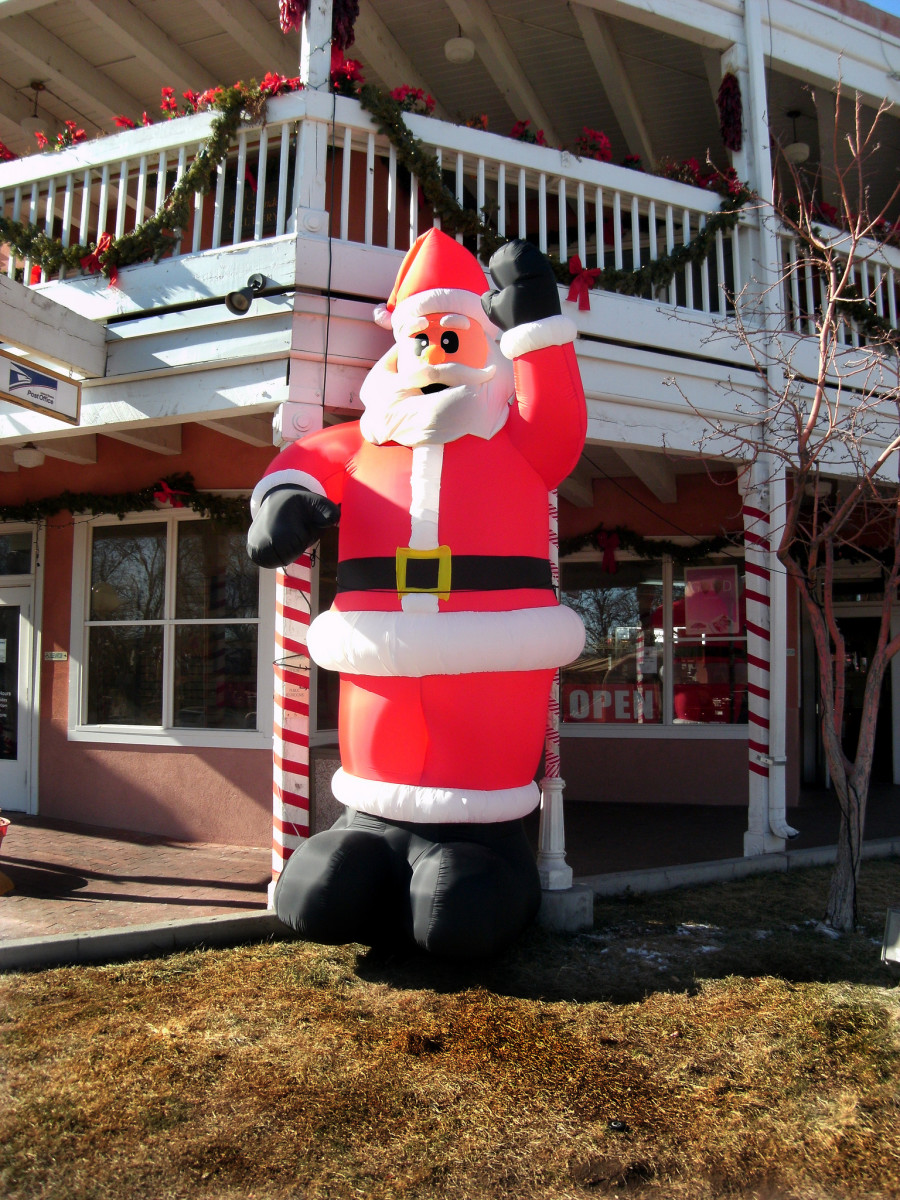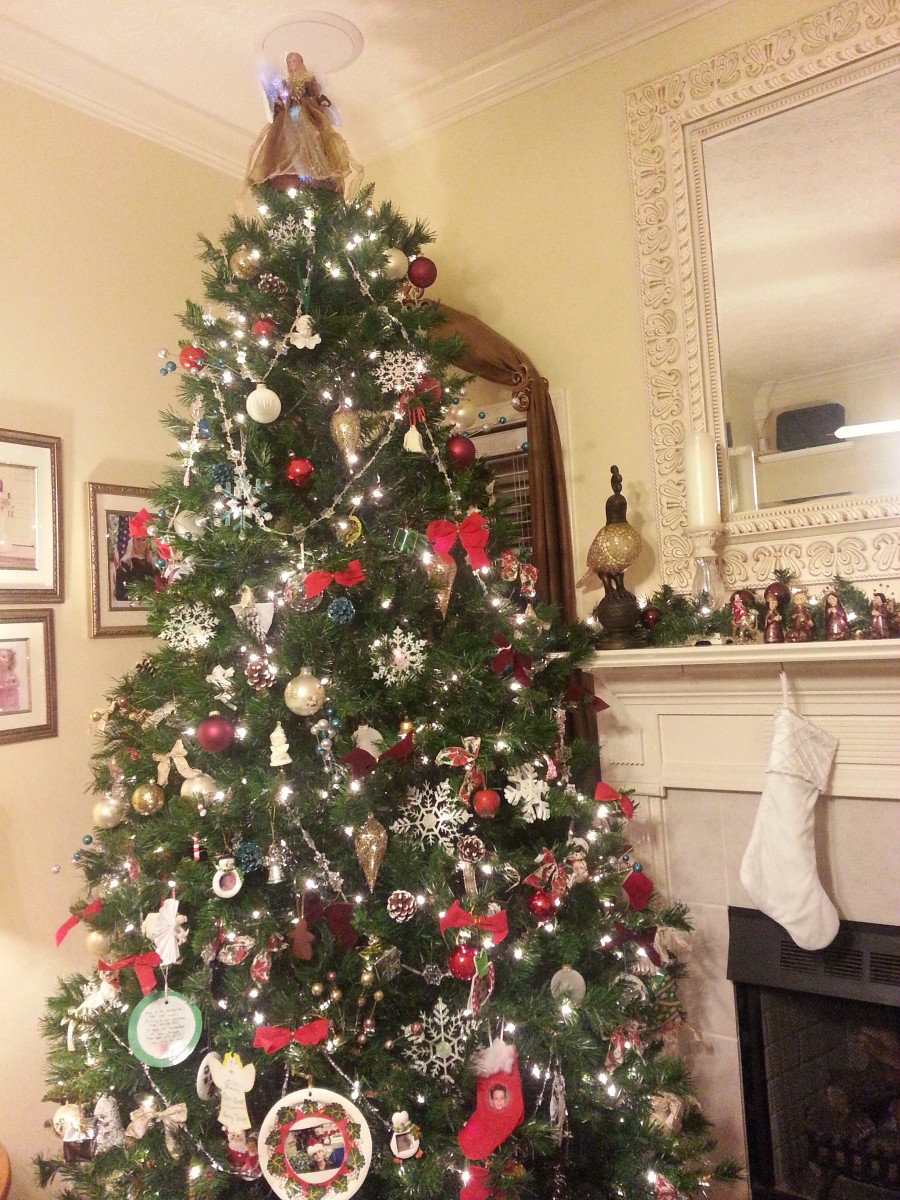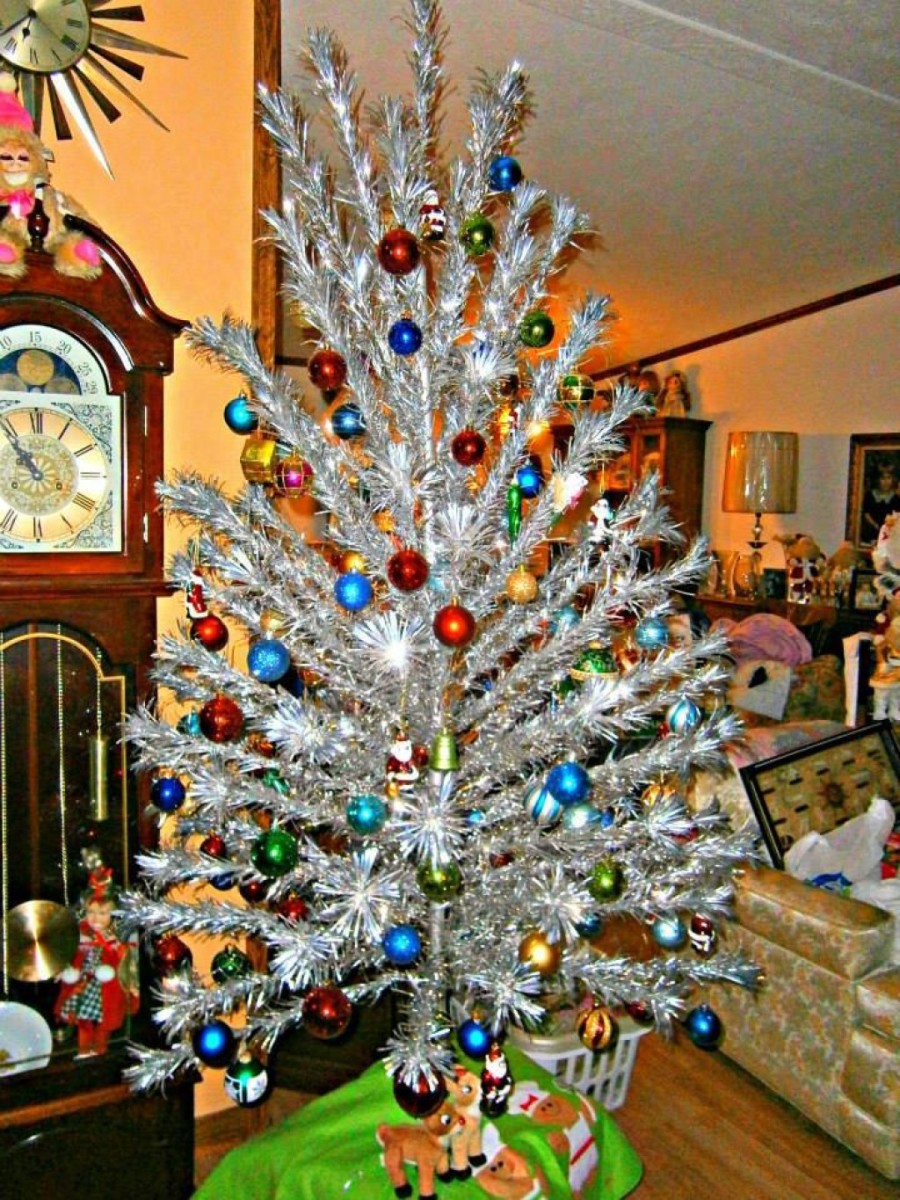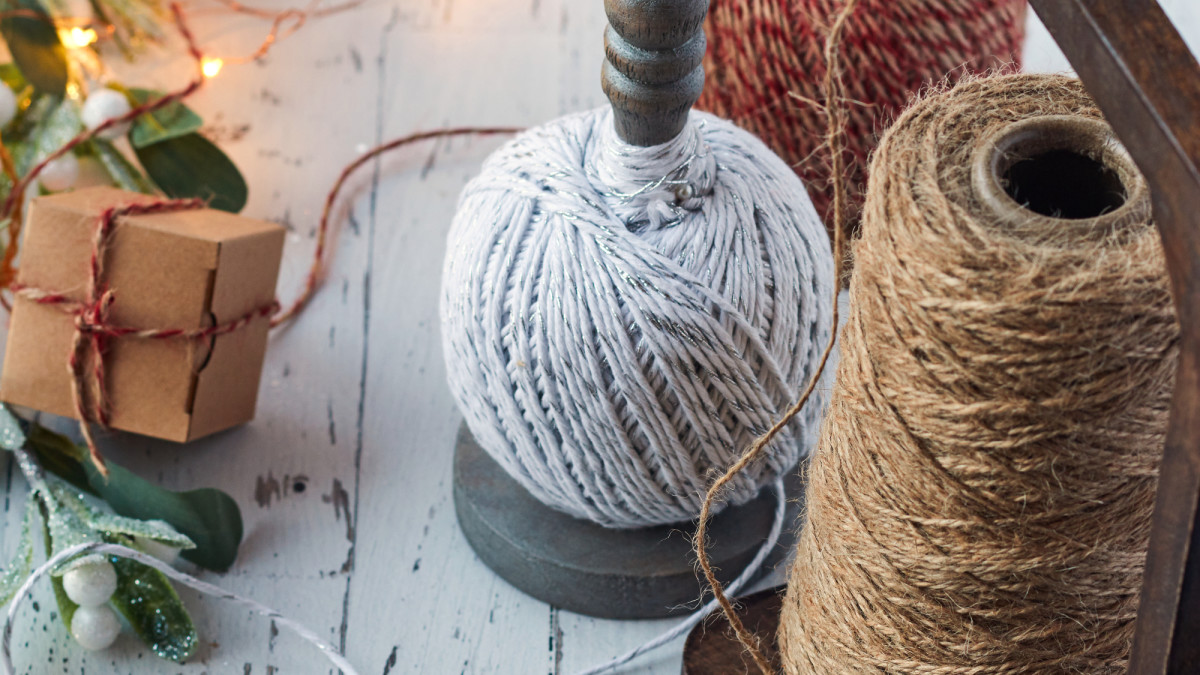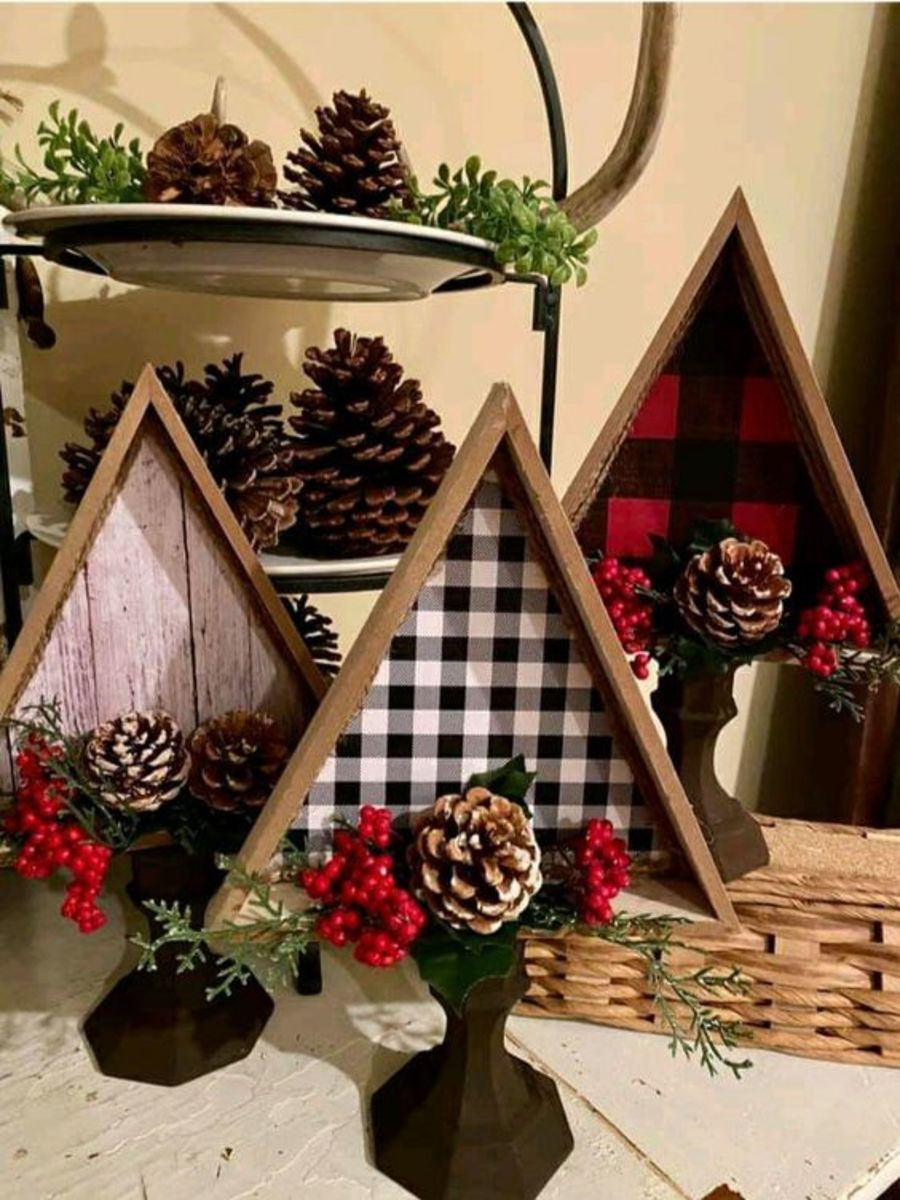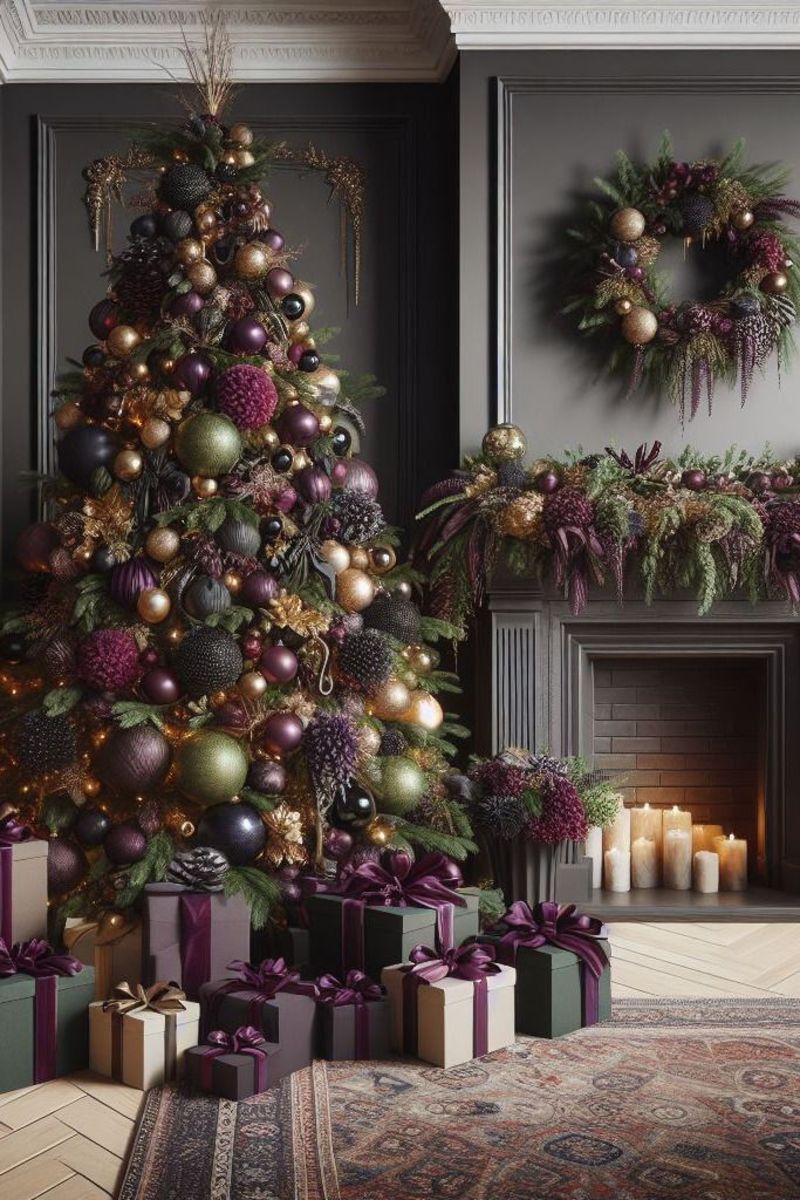Real Christmas Trees-Selecting the Best One!
Real Christmas tree

The Timeless Magic of Choosing a Real Christmas Tree
How many cherished memories do you have of bundling up with loved ones, heading out into a winter wonderland, and carefully choosing the perfect real Christmas tree? If your family made it a tradition to hunt for a real tree each year, chances are those moments are etched deeply into your heart. You may even be smiling right now as a specific year, person, or place flashes through your mind—maybe the year it snowed all day, or when you found the most lopsided but lovable tree on the lot.
Real Christmas trees carry a certain nostalgic charm that artificial trees can’t quite replicate. There’s something special about the experience—the cold air nipping at your cheeks, the smell of fresh pine filling your nose, and the laughter shared as everyone gives their opinion on which tree is “the one.” Whether you trudged through a forest on a tree farm or picked one from a local stand, the act of choosing a real tree is more than just a task—it’s a memory in the making.
Beyond the sentimental value, there are plenty of practical and environmental benefits to choosing a real tree. First, they are biodegradable and leave a lighter footprint on the planet compared to artificial trees made from plastics and synthetic materials. Many real trees are grown specifically for the holiday season, and tree farms often replant one to three seedlings for every tree harvested, contributing to reforestation and clean air.
The scent of a real tree is also unmatched. That earthy, woodsy aroma fills your home with the unmistakable fragrance of the season, instantly putting everyone in the holiday spirit. No candle or air freshener comes close to that natural scent.
Real Christmas trees are also typically easy to maintain. With proper watering and care, they can last for several weeks without losing too many needles or becoming a fire hazard. Many people find that the upkeep is worth the authentic holiday feel they bring into the home. And depending on your location, real trees can be more cost-effective than purchasing a high-quality artificial one.
Some varieties of real trees can even be replanted if they come with the root ball intact, offering an environmentally friendly option that lives on past the holidays. Others are intended for one-time use but can be recycled into mulch or compost, ensuring they continue to benefit the earth even after the season ends.
Whether your tree becomes a one-time guest or a replanted addition to your backyard, it brings real-life Christmas magic into your home. In the end, a real tree isn’t just decoration—it’s a tradition, a connection to nature, and a memory waiting to happen.
This guide will help you choose the best real Christmas tree for your space, your lifestyle, and your traditions.
Going Green This Christmas? Here’s What to Know Before Buying a Real Tree
As more people embrace eco-friendly choices, buying a real Christmas tree is becoming a popular and sustainable tradition. But before you bundle up and head out to find the perfect tree, there are a few key things to consider to make the experience smooth, safe, and enjoyable.
1. Know Your Space
Real trees can be deceptive in size—what looks modest out in the open field can feel massive once it’s inside your living room. Always measure the height and width of the space where your tree will go, including ceiling height and floor area. Don’t forget to account for the height of the tree stand and topper!
If you’re working with limited space or handling the tree on your own, consider sizing down. A slightly smaller tree is easier to carry, set up, and maintain—and it can still be just as stunning.
2. Think About Setup, Care & Disposal
Before bringing a real tree into your home, plan ahead:
-
Do you have a sturdy tree stand that fits your tree’s trunk size?
-
Are you prepared to water it daily to keep it fresh and safe?
-
Do you know how you’ll dispose of or recycle it after the holidays?
Proper care is essential to prevent the tree from drying out, shedding needles too quickly, or becoming a fire hazard.
3. Consider Kids and Pets
If you have young children or curious pets, think through safety. Make sure the tree is securely anchored and avoid placing fragile or tempting ornaments on the lower branches. Keep an eye out for pets that may try to climb, chew, or knock it over. A little planning can help prevent accidents and protect both your tree and your loved ones.
Christmas tree stand
Get your tree stand
A tree stand is very important when having a real Christmas tree.
- It should be easy to setup, fill with water, and durable to use for many years. Plastic NOT metal. Metal will rust.
- It should hold about 1 quart of water per inch of stem diameter. Anywhere from 6-10 quarts is usually adequate.
- It should be stable and fit the tree size you choose, enabling it to stand upright without falling over or tilting.
Many tree farms sell stands and can help you find one that will fit the tree size you've chosen if you are unsure. Most stands that are not to fancy will cost $15-$25 USD.
Christmas tree farm

Head to a local tree farm!
Depending on where you live, tree sellers can range from simple roadside stands to full-service tree farms. In more rural areas, it’s common to find family-owned lots set up along the roadside. These typically feature trees that have already been pre-cut, trimmed, and baled—meaning the branches are bound tightly with twine or netting for easy transport. These are great for convenience, especially if you’re short on time or don’t want to trek through a field.
If you’re looking for more of a hands-on experience, head to a Christmas tree farm where you can walk through rows of evergreens to find the one. Many farms allow you to cut down your own tree, while others will have attendants who can assist you. Either way, it's a chance to make lasting memories, snap photos, and soak in the scent of pine and fir under crisp winter skies.
Be sure to dress appropriately for the weather—boots, gloves, and layers are a must, especially if you're walking through muddy or snowy fields. Most farms provide saws or tools for cutting, as well as carts or sleds to help transport your tree back to the front for wrapping.
Don’t forget to ask about services like baling, shaking (to remove loose needles), and trunk trimming. Many farms will also drill a hole in the base if your stand requires it.
Whether you’re picking a tree from a lot or cutting your own in the field, the experience adds a touch of magic to your holiday season—and your home.
8 Signs You've Chosen the Best
- Green needles
- Grab a branch and pull it towards you, if a lot of needles fall off, you may want to pass that tree up. Needles should remain on the branch.
- Pay attention to how the trees are kept and maintained on the tree farm.
- If the tree was pre-cut, ask when it was done, the longer the time, the dryer the tree will be.
- Shake the tree and make sure there are no animals or critters that have taken up residence, sounds obvious, but it's often over-looked.
- To stay safe-ask the tree farm if they will fireproof your tree. This is done with a flame retardant spray.
- Bring a pocket knife with you, and scrape a tiny part of the branch, it should be moist and green. Don't go around scraping every tree, this is damaging, only do this to a tree you are seriously considering buying, or you may make the tree farm owners mad. You can also do this by snapping a branch piece in half and looking inside.
- Pay attention to the "snap" factor...when you snap a branch, does it make a loud "snap" sound and is it easy to snap? If so, the tree is to dry. You'll want to look for branches that "bow" a bit when you snap them, this is a sign of a healthy tree.
Once you've found your Christmas tree, shake out any loose needles and have it baled for easier transporting, that is, if it has not been baled already.
Also keep in mind a pre-cut tree, one that has been sitting for more than 6 hours needs to have 1 inch cut off again in order to allow it to uptake water correctly, so make sure you ask for that to be done.
Mini Christmas lights
Care and maintenance for the best Christmas tree you've ever owned!
- Place the tree in water as soon as possible, be careful not to damage, bruise or dirty the fresh surface of where the tree was cut. This spot is like an open wound for the tree.
- Keep your tree away from sources of heat (fireplaces, heaters, heat vents, direct sunlight). Also, lowering the room temperature will slow the drying process, which means your tree will drink and require less water. Remember, Christmas trees are evergreen for a reason, they thrive in colder climates.
- You do not have to worry about the temperature of the water in the stand, this is irrelevant.
- Check the tree stand daily and make sure the level of water does not go below the base of the tree.
- Use "low heat" lights on your tree, such as LED, to prevent drying.
- When the tree is dry, or after the holiday, remove it from your home. Don't just throw it away! They are biodegradable, take your tree to a recycling center, mulch it, or replant it if you've been able to get a tree with the root system still intact.
Still can't decide?
- Real Christmas tree vs artificial
How do you know what kind of Christmas tree to get? Real vs. artificial, what are the pro's and con's for each?
This content is accurate and true to the best of the author’s knowledge and is not meant to substitute for formal and individualized advice from a qualified professional.
© 2013 Rebecca





